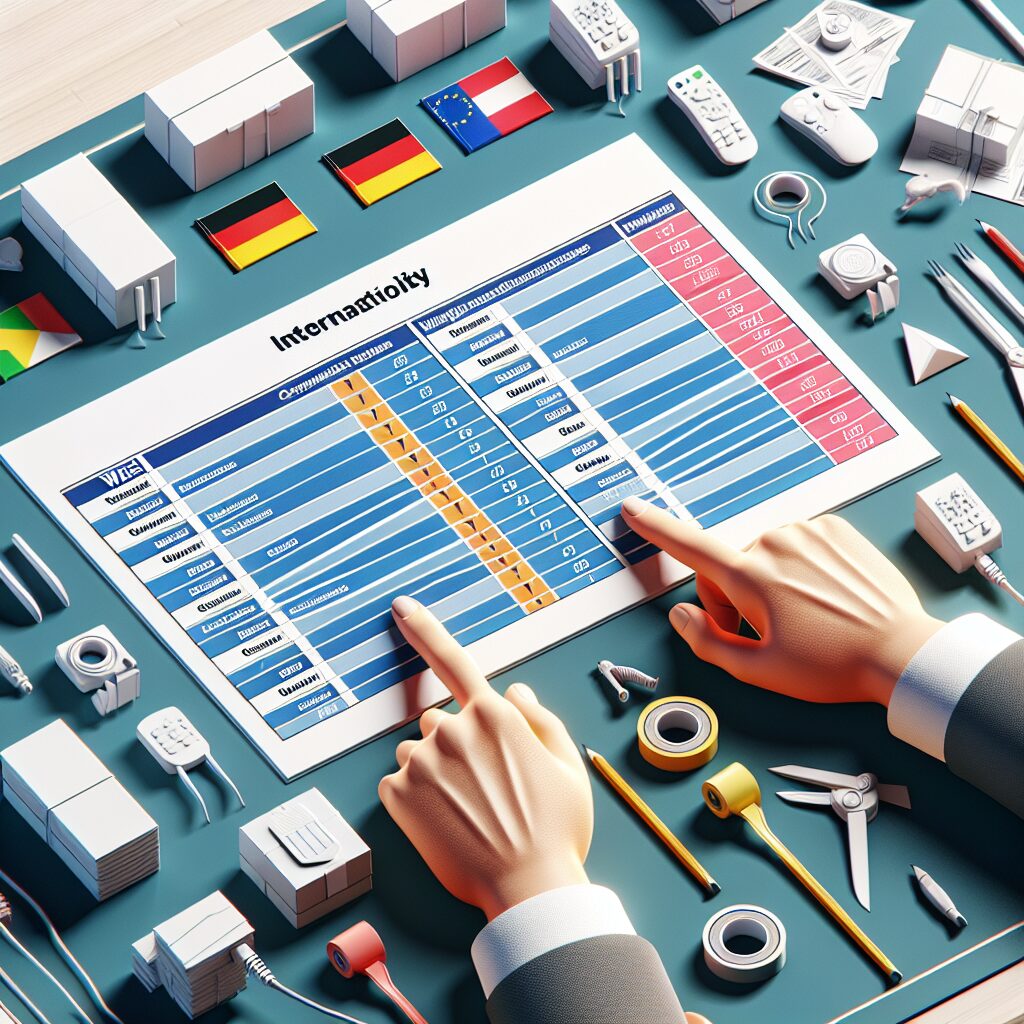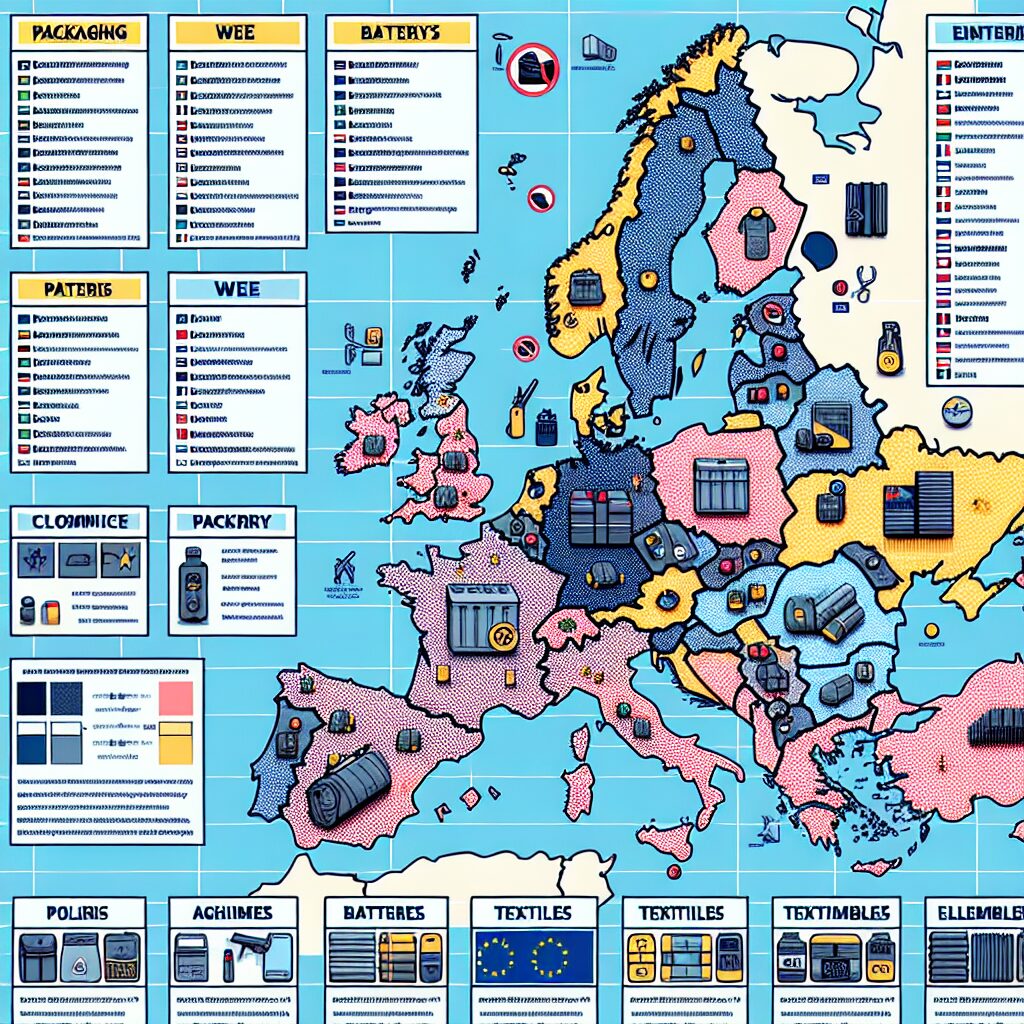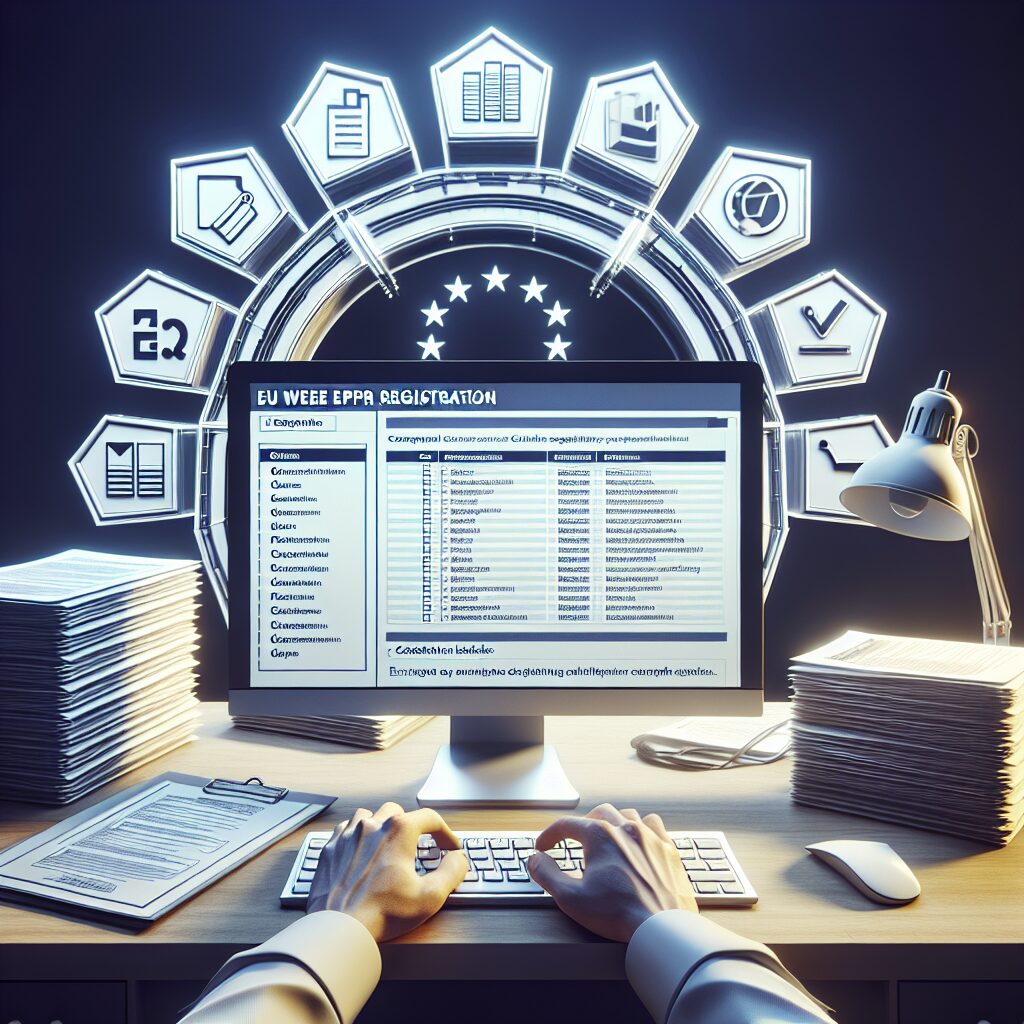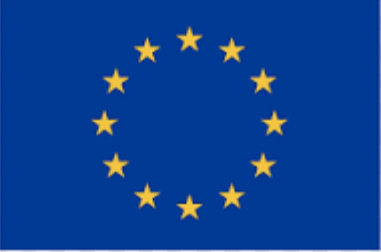About eldris
epr.eldris.ai leads the EPR sector, in fast, automated, AI Agent EU Complaince. LUCID Packaging, WEEE, and Battery Compliance for Brands, E-Commerce and Service based businesses expanding into the EU.
In This Article
- Cross-Border EPR requires country-specific registration—one EU registration does not cover all.
- Duplicate registrations lead to significant fines. Centralised compliance helps avoid them.
- Authorised Representatives should be carefully selected with legal expertise and local reach.
- Automation and software reduce effort and reporting friction.
- Annual audits and compliance calendars help maintain year-round accuracy.
Understanding Cross-Border EPR Complexity
Why Selling Into Multiple EU Countries Creates Risk
Cross-Border EPR is the emerging compliance challenge facing businesses operating throughout the European Union. Extended Producer Responsibility (EPR) obligations, under EU directives such as the Waste Electrical and Electronic Equipment (WEEE), Packaging and Packaging Waste, and Batteries Directives, impose producer registration and waste management responsibilities country by country. A company selling into more than one EU member state is generally expected to register separately in each jurisdiction, even for identical products. This creates a fragmentation that can unintentionally result in duplicate registrations or non-compliance.
This issue is especially acute for ecommerce platforms, B2B manufacturers, private label brands, and third-party retailers leveraging fulfilment centres spread across multiple EU nations. A product stocked in Germany for pan-European delivery may trigger mandatory registration under German EPR rules, even if ordered from France. Country-specific producer definitions, language requirements, and differing fee structures escalate the complexity. Cross-Border EPR quickly becomes not just a legal burden but a serious operational risk if not centralised properly.
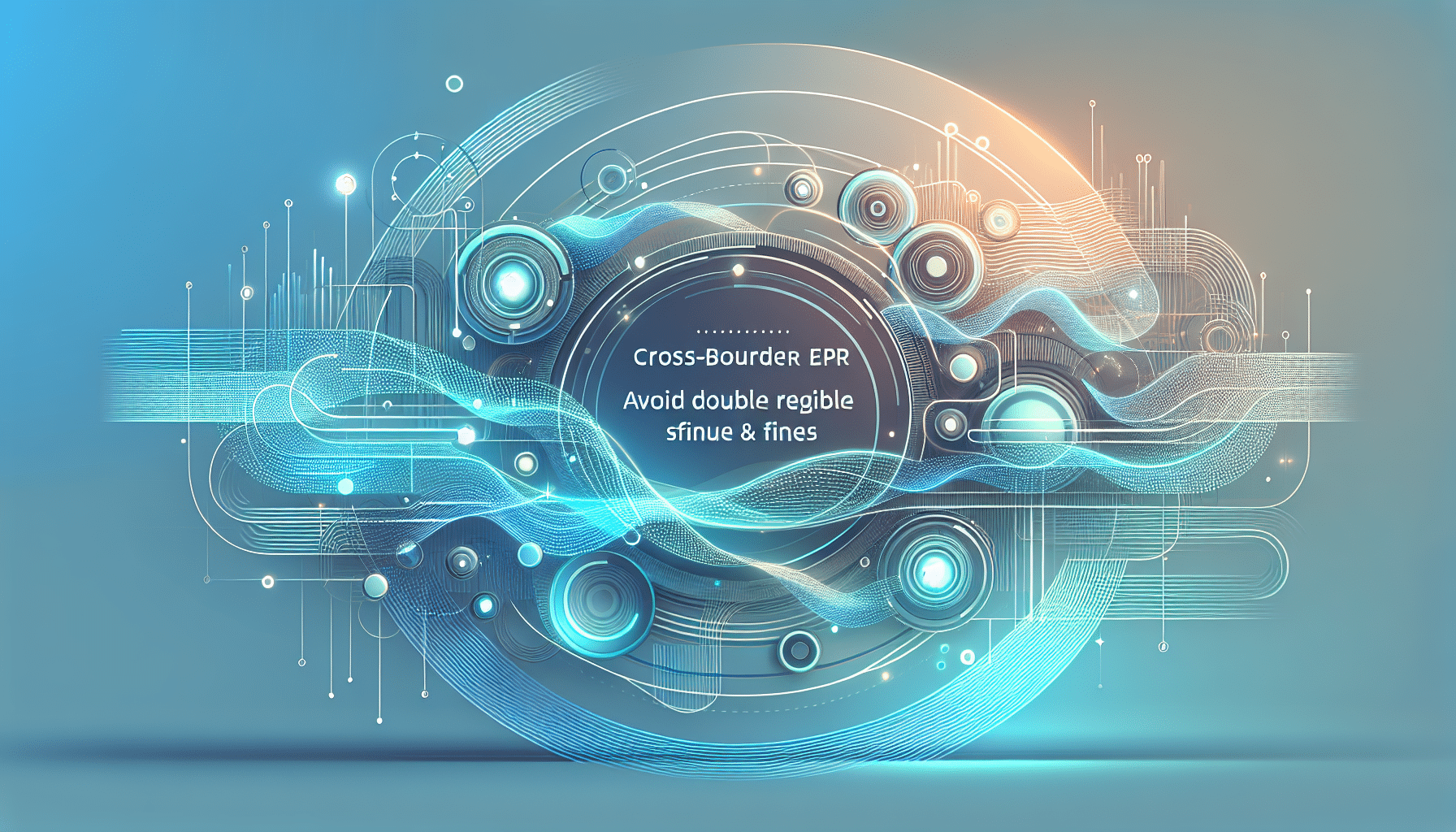
Consequences of Duplicate EPR Registrations
Typical Penalties and Case Studies
The penalties resulting from double registration or non-compliance can be significant. Under Cross-Border EPR frameworks, failure to correctly document registrations may lead to cumulative administrative fines from each country, forced sales restrictions, confiscation of goods, and reputational damage. For example, in 2023, a UK-based cosmetics brand inadvertently registered twice—once via a local distributor and again directly—resulting in a €75,000 fine across France and Austria. In another case, a Dutch electronics manufacturer was ordered to halt sales into Spain due to an incomplete application submitted using outdated technical documentation.
Behind most violations is a common misunderstanding: the assumption that registering in one EU member state suffices for the entire market. In reality, Cross-Border EPR dictates that producers maintain compliance with independent national implementations, all of which may define producer responsibility differently. The resulting maze can ensnare even the most diligent compliance teams, unless a unified and proactive strategy is adopted.
“When it comes to EPR, assuming your obligations stop at the border is a costly miscalculation. Centralised oversight is crucial to avoid legal fragmentation.” — Regulatory Consultant, EPR Europe
Centralized EPR Compliance: The Strategic Advantage
Centralising your Cross-Border EPR obligations transforms a reactive, fragmented process into a streamlined and future-ready system of compliance. Rather than registering ad hoc in each country, companies gain enormous efficiency and legal clarity by consolidating under one central authorised representative, usually located in a primary market such as Germany or the Netherlands. This representative manages filings, renewals, submissions, and reporting on your behalf, ensuring alignment with local variations while maintaining continuity through a single point of contact.
A centralised approach also facilitates improved cost forecasting, fewer administrative burdens, and faster onboarding of new markets. Companies with expansive product catalogues and circular economy goals benefit the most, as unified reporting eliminates redundant effort. For instance, a German retail chain consolidated 13 country-specific waste declarations into one compliance dashboard—cutting their administrative hours by 62% year-on-year. Centralised Cross-Border EPR management is not just about avoiding fines—it’s about building scalable, sustainable logistics across Europe.
How to Choose the Right Authorized Representative
An Authorised Representative (AR) is your legal proxy for fulfilling Cross-Border EPR obligations in countries where you lack physical presence. Selecting the right one is essential. The ideal partner should have deep familiarity with EPR regulations across all relevant verticals—packaging, WEEE, batteries—and maintain multilingual capabilities to handle national correspondence. Look for third parties with established track records in similar product categories and robust digital infrastructure to manage submissions efficiently.
Additionally, a top-tier AR should offer real-time tracking, consolidated dashboards, annual audit support, and compliance guarantees. Don’t hesitate to request references or case studies from existing clients. Mismatched representation has led to several high-profile enforcement actions due to improperly filed reports. Choose strategically, and ensure the AR agreement specifies clear roles, indemnity clauses, and renewal timelines.
Determining Where You’re Legally Obligated to Register
Determining where you must register under Cross-Border EPR often involves analysing factors such as market targeting, fulfilment infrastructure, B2C versus B2B orientation, and contract structure. The key is understanding national rules on ‘placing on the market’. Selling from a central online store to customers in Italy, for instance, may trigger EPR duties in Italy—even if your company lacks a warehouse there.
Use the following indicators to check registration triggers:
- Do you ship products directly to end-users in that country?
- Does your ecommerce site operate in the national language of the destination country?
- Do you advertise explicitly to that region?
- Is a return logistics process available to customers in the local market?
Cross-reference each country’s interpretation of ‘producer’ to build an actionable map of required EPR registrations. Be wary of assuming uniformity across the EU; each nation interprets these rules differently.
Checklist for Avoiding Double Registration in 2025
Staying compliant under Cross-Border EPR means proactive planning. Use this checklist to avoid duplicate registrations in 2025:
- Create an inventory of all markets where products are sold or shipped.
- Map current registration coverage across WEEE, packaging, and batteries.
- Audit existing Authorised Representatives and supplier registrations.
- Eliminate overlaps between distributors, sellers, and local compliance schemes.
- Establish a central EPR compliance dashboard with version-controlled documentation.
- Monitor legislative updates via trade bodies or compliance software tools.
This strategic checklist ensures minimal disruption, even when EU member states update regulations independently.
Software & Automation for International EPR
Cross-Border EPR compliance becomes manageable with the right digital tools. Market-leading EPR software platforms consolidate country-by-country filing, analytics, and calendar reminders within a single interface. Integration with your ERP or ecommerce backend enables in-platform label generation, packaging composition metadata, and SKU-level tracking for precise reporting.
Key features to look for include:
- Multi-country registry integrations via APIs or file transfer protocols.
- Automated notifications for upcoming renewal deadlines.
- Built-in translation modules with local regulation interpretations.
- Real-time dashboards showing country status, costs, and anomalies.
Software is not a replacement for legal oversight, but it sharply reduces complexity—especially for those scaling quickly into 5+ EU markets.
Country-by-Country EU Compliance Tips
Understanding national variations in Cross-Border EPR is essential. Below are essential insights for five common markets:
Germany
Under VerpackG, packaging must be registered with LUCID. An AR is mandatory for non-local sellers. Failure equals a sales ban.
France
The French EPR framework is intricate, covering more than 10 streams. You must submit Ecologic, Citeo, or similar filings per stream.
Italy
Use the CONAI platform to declare packaging obligations. Regional documentation standards may create delays.
Austria
Online marketplaces bear secondary liability. Clear product quantities must be reported quarterly.
Spain
ARs are required for local filings. Spain’s digital waste traceability pilot launched in 2023—expect reporting changes in 2025.
For more, refer to Learn more about Extended Producer Responsibility (EPR) Compliance in the EU for full enforcement overviews.
Practical Tools for Cross-Border Brands
Managing Cross-Border EPR with a proactive toolkit empowers sustainable European growth. Consider these tools:
- EPR compliance calendars tailored by country regulations.
- Regulatory alerts via How to Appoint an EU Responsible Person Independently.
- Audit-ready document generators matched to national standards.
- Contract templates for Authorised Representative onboarding.
Efficient brand expansion in the EU hinges on these practical compliance resources. For template downloads, visit Read a related article.
Expert Tips for Staying Compliant Year-Round
Expert oversight remains essential in the evolving landscape of Cross-Border EPR. Adopt these continuous practices for robust, year-round compliance:
- Schedule annual EPR audits with third-party consultants.
- Reconfirm AR agreements six months in advance of renewal.
- Join EPR working groups at leading European trade associations.
- Maintain a quarterly compliance strategy review with operations and regulation leads.
Being prepared allows you to operate with confidence, even as laws change rapidly year to year.
Conclusion: Centralize to Scale Without Risk
[CONCLUSION_CONTENT]
Cross-Border EPR is no longer optional—it is a core component of sustainable European commerce. Fragmented approaches are prone to errors, duplication, and penalties. By investing in centralised registration strategies, selecting reputable Authorised Representatives, and leveraging digital compliance infrastructure, cross-border sellers can stay compliant without slowing expansion. The cost of non-compliance is high—but with the right tools and partners, future growth can be built on a solid regulatory foundation.
Great guide on cross-border-epr-avoid-double-registration-and-fines-selling-into-multiple-eu-markets-can-accidentally-trigger-duplicate-registrations-and-fines-this-strategy-guide-shows-how-to-centralize-obliga – Community Feedback



